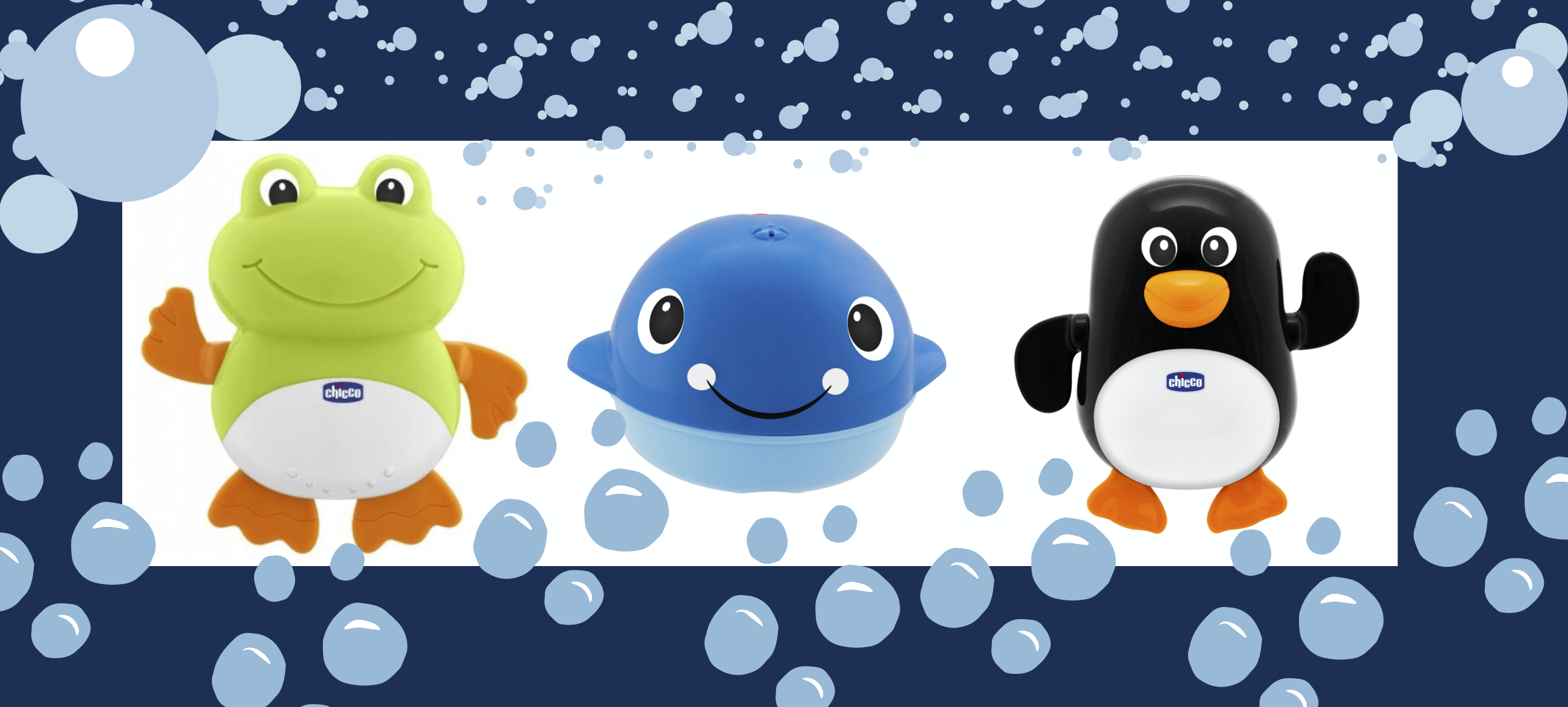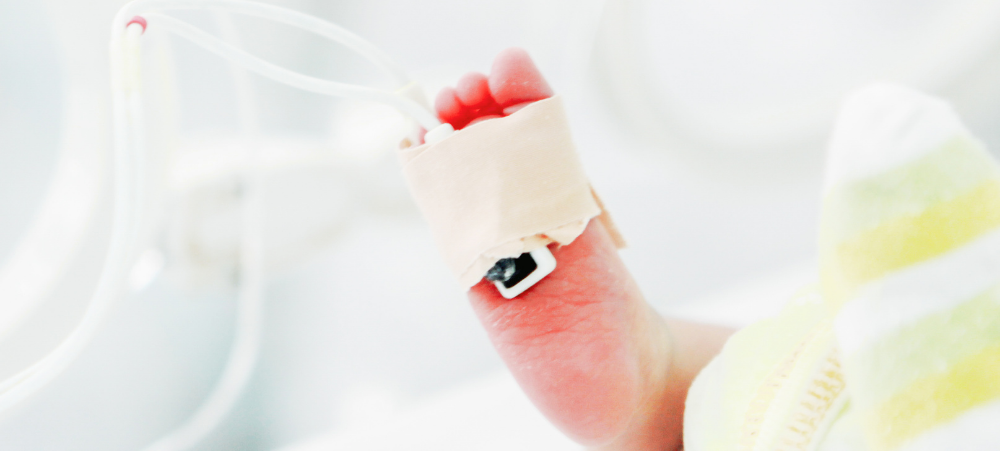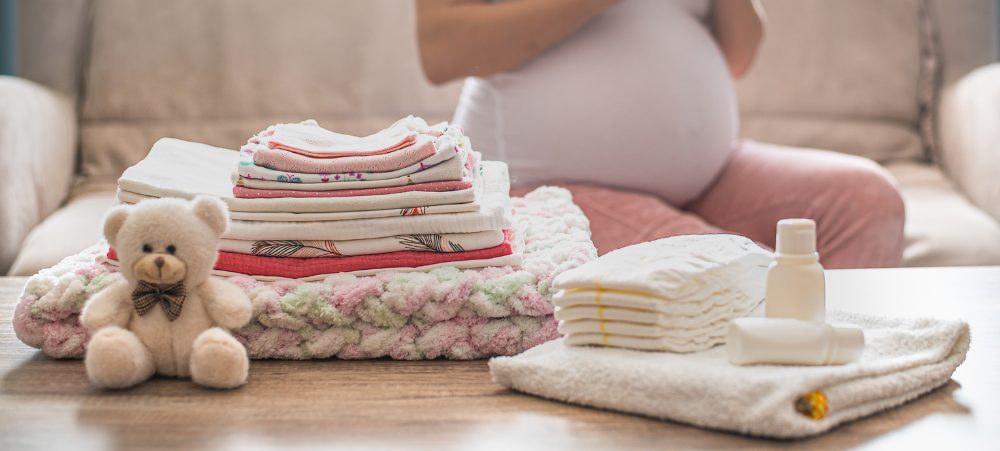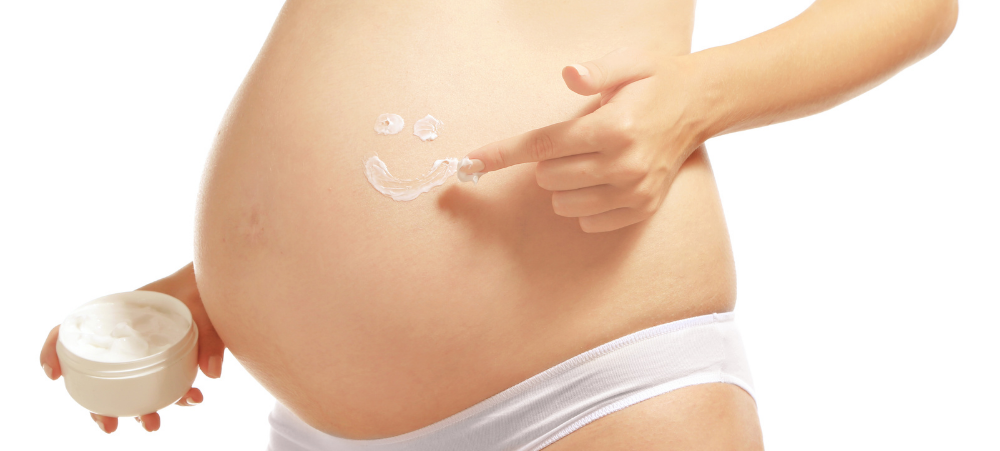Fisher-Price is synonymous with being an educational brand that many parents have trusted for years. With so much care and thought placed into each product it is no wonder that the new Linkimals are such a hit! As Emma is now 10 months old, it was the perfect time to introduce her to her very own Linkimals pal. This range is suitable for little ones from 9 months and up. Baby is able to engage with learning in a way that only Fisher Prices knows how to bring to children.. The Linkimals range introduces your baby to counting, colours, music, lights and phrases. With their easy design made totally with baby in mind, Emma was able to interact with…().. easily and with little to no assistance required from mom or dad. Of course Emma just loves pushing buttons so the Linkimals Smooth Moving Sloth was so engaging for her! Emma, and your little one, can easily develop Gross Motor and Fine Motor skills with the Linkimals collection. And when you get the entire gang together, a whole new world of learning is opened up. With 5 Linkimals in the collection and using the Linkimals amazing technology, they are all able to communicate with each other! e How cool is that? All the Linkimals friends want to play as well so when you synchronise them, the continuity between the range of Linkimals is fantastic. It most certainly seems like a bunch of toy friends are singing and encouraging each other all the way through. And their beautiful lights, dance and moving parts really helps to hold baby’s interest in the activity. Their songs are a little longer than would be considered normal for children of this age, but they all do have meaning and are not too long that baby gets bored. You’ll be surprised at the level of concentration your baby has! Having more than one toy from this collection is ideal. It allows children from a young age to experience support from another source, thus providing fun learning activities for your baby. Each unit in the collection teaches different things which is what makes the entire collection so special. The Linkimals collections includes: Linkimals Musical Moose The Linkimals Musical Moose is loaded with exciting interactive play that introduces your baby to counting, colours, and more with playful songs, lights, and phrases. Just press his belly to get the light-up learning party started! Plus, when Musical Moose recognizes other Linkimals friends, they create a synchronized music and light show! (Additional Linkimals toys sold separately.) Where development comes into play: Early Academics: Sung songs and phrases introduce your tiny dancer to colours and counting from 1 to 10! Sensory: The moose’s light-up belly, playful songs and sounds, and soft antlers engage your baby’s developing visual, auditory, and tactile senses. Curiosity & Wonder: Your baby can discover the fun of cause and effect as they press the belly button to activate music and lights or bat at the bobble head. Fisher-Price Linkimals Smooth Moves Sloth The Linkimals Smooth Moves Sloth gets your baby moving and learning with exciting lights, music, songs, and groovy dance moves. Press the buttons on the sloth’s feet to hear all about numbers, colours and more, as the sloth claps its hands and bobs its head. Plus, when Smooth Moves Sloth recognizes other Linkimals friends, they create a synchronized music and light show! (Additional Linkimals toys sold separately.) Where development comes into play: Early Academics: The sloth’s playful songs and phrases introduce your baby to counting, colours, opposites, and the alphabet. Gross Motor: Sung songs and music encourage your baby to move and groove, giving their gross motor skills a great workout. Sensory: Bright, colourful lights, fun music, and soft arms engage your baby’s visual, auditory, and tactile skills. Fisher-Price Linkimals Counting Koala Climbing up a palm tree with their koala friend, baby makes a startling discovery: this tree grows squares, triangles and circles. The Linkimals Counting Koala from Fisher-Price is a musical learning friend for babies with exciting lights, songs, and phrases that introduce numbers, counting and shapes. And when Counting Koala meets up with other Linkimals friends, they light-up, talk, sing and play together! (Additional Linkimals toys sold separately and subject to availability.) Hands-on play, including a bat-at roller ball, shape spinner, and push buttons help strengthen your baby’s fine motor skills, while the exciting interactive content helps introduce cause and effect. Fisher-Price Linkimals Happy Shapes Hedgehog The Linkimals Happy Shapes Hedgehog is packed with exciting play that grows along with your baby! Younger babies can spin, turn, toggle, and bat the activities on their buddy’s back, or press the light-up buttons to hear songs and phrases about colours, shapes, and numbers. Then older babies can push or pull the hedgehog along for more fun music and sounds. Plus, when Happy Shapes Hedgehog recognizes other Linkimals friends, they create a synchronized music and light show! (Additional Linkimals toys sold separately.) Where development comes into play : Early Academics: The hedgehog’s playful songs and phrases introduce your baby to shapes, numbers, and colours. Gross Motor: From sitting up to play, to crawling and pushing, to walking and pulling their pal along, this sweet hedgehog helps your baby’s gross motor skills keep going and growing! Fine Motor: Spinning the roller, turning the butterfly clicker, pressing the toggle, and batting the bead bar isn’t just super fun; these activities help strengthen your baby’s dexterity and hand-eye coordination. Fisher-Price Linkimals Lights & Colors Llama The Linkimals Lights & colours Llama takes classic stacking fun up a notch with colourful lights and exciting music, songs and phrases that introduce your baby to different colours. Just stack the rings on the llama’s neck or press down on the topper to get the party started! Plus, when Lights & colours Llama recognizes other Linkimals friends, they create a synchronized music and light show! (Additional Linkimals toys sold separately.) Where development comes into play: Fine Motor: Grasping and stacking the colourful rings helps strengthen
































